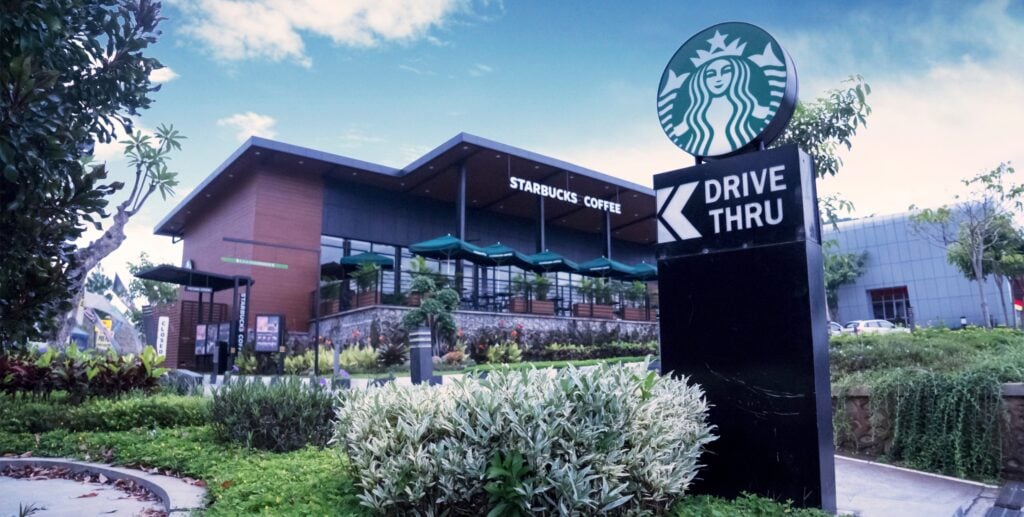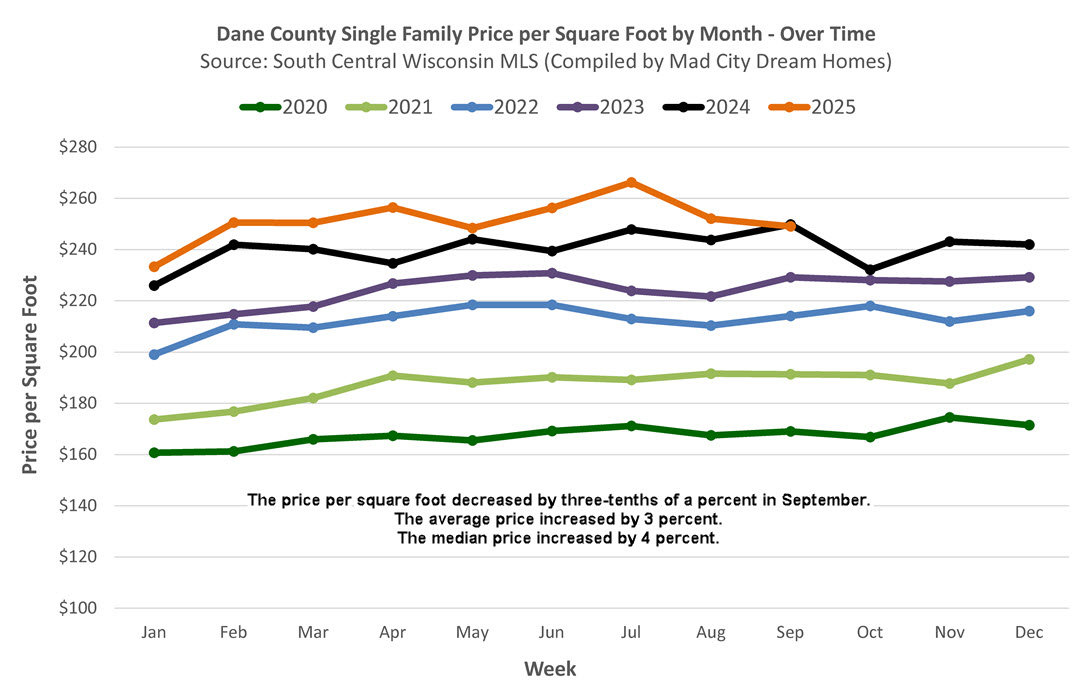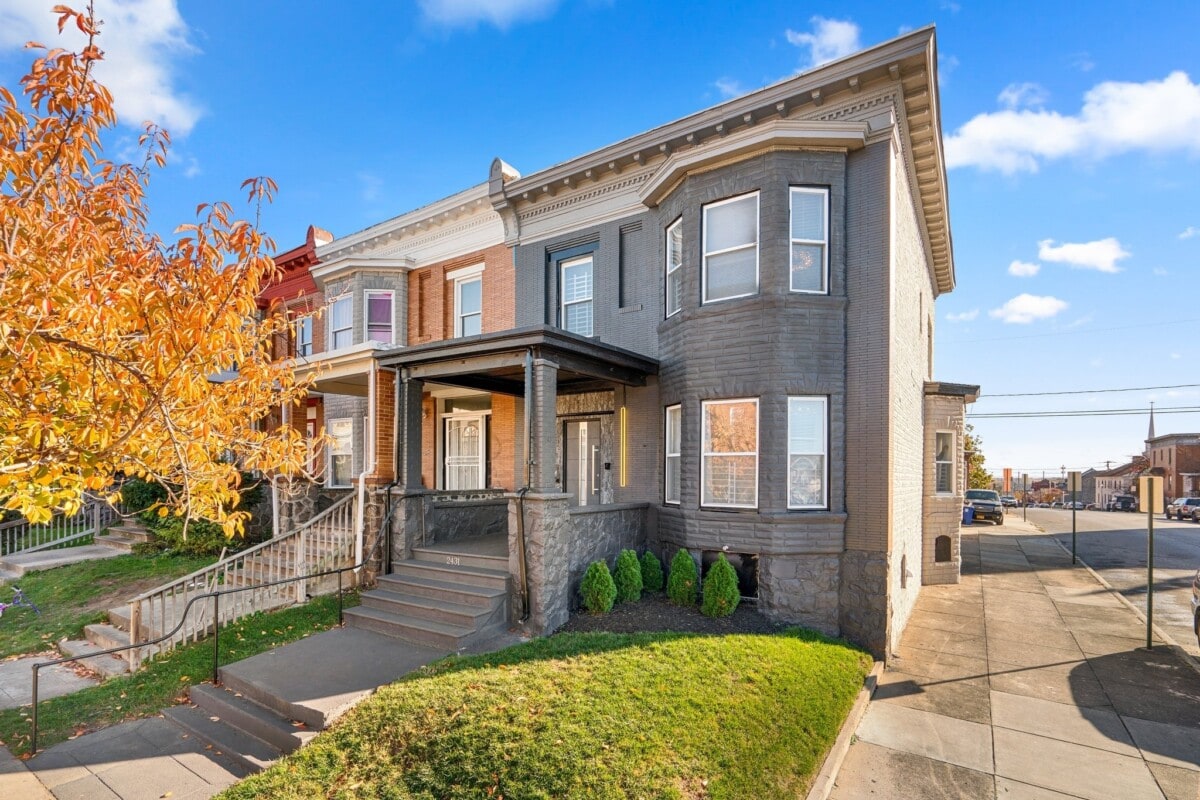South East Queensland’s skyline is set for a shake-up, with new data pinpointing the suburbs expected to see the sharpest rise in urban density over the next year — potentially pushing up home prices and rents.
Exclusive analysis by property forecasters, Informed Decisions (id.), shows Newstead, Broadbeach, Fortitude Valley, Surfers Paradise and South Brisbane will record the biggest jumps in both population and dwelling numbers in the next 12 months.
Five Queensland postcodes feature in the nation’s top 10 density growth hotspots, with Newstead ranking fourth overall — just behind three Sydney suburbs — as it prepares to squeeze 10,404 people into just 70ha of space.
Kokoda Property’s ‘Teneriffe Banks’ project in Newstead is one of a number of high-density housing projects set to increase density in the suburb.
RELATED: Housing crisis: What new migration data reveals about Australia
The modelling shows that as land for new greenfield development runs out — particularly in inner Brisbane and across the Gold Coast — higher density housing will be needed to meet ongoing demand.
Informed Decisions government services lead Dan Evans said the results suggested Queensland’s major urban centres were entering a new phase of vertical growth, as limited land and continued population inflows pushed development skywards.
“The majority of these suburbs are densifying due to multiple high-density residential development projects like Chevron One on Chevron Island in Broadbeach, an area seeing its first tall towers after a re-zoning,” Mr Evans said.
Chevron One Residences on the Gold Coast is one of the projects set to increase density in Broadbeach.
“There are also greenfield areas like Ripley, where newer estates see smaller lot sizes and more townhouses than those built in previous years.”
| THE TOP 20 QLD SUBURBS WHERE DENSITY IS SET TO INCREASE IN 2026 | |||||
| Suburb | Area (Ha) | Population 2025 | Population 2026 | Density 2025 (Per Ha) | Density 2026 |
| Newstead | 70.68 | 9,832 | 10,404 | 139.11 | 147.2 |
| Broadbeach | 148.34 | 9,240 | 10,428 | 62.29 | 70.3 |
| Brisbane City | 206.07 | 17,273 | 18,594 | 83.82 | 90.23 |
| Fortitude Valley | 130.57 | 12,363 | 12,948 | 94.68 | 99.17 |
| Surfers Paradise | 579.61 | 32,679 | 35,243 | 56.38 | 60.8 |
| South Brisbane | 200.43 | 17,893 | 18,681 | 89.27 | 93.2 |
| Stones Corner | 59.82 | 2,861 | 3,067 | 47.83 | 51.27 |
| Spring Hill | 127.12 | 8,712 | 9,146 | 68.53 | 71.95 |
| Mermaid Beach | 152.84 | 7,845 | 8,325 | 51.33 | 54.47 |
| West End | 192.57 | 17,906 | 18,493 | 92.98 | 96.03 |
| Kangaroo Point | 133.42 | 12,188 | 12,542 | 91.35 | 94 |
| Wooloowin | 110 | 4,459 | 4,707 | 40.54 | 42.79 |
| Milton | 113.36 | 3,706 | 3,956 | 32.69 | 34.9 |
| Coolangatta | 190.17 | 7,547 | 7,956 | 39.69 | 41.84 |
| Yeronga | 303.01 | 7,731 | 8,373 | 25.51 | 27.63 |
| Kings Beach | 67.85 | 3,290 | 3,403 | 48.49 | 50.15 |
| Albion | 131.5 | 4,094 | 4,307 | 31.13 | 32.75 |
| Bowen Hills | 171.82 | 5,721 | 5,990 | 33.3 | 34.86 |
| East Brisbane | 185.9 | 6,957 | 7,240 | 37.42 | 38.95 |
| Teneriffe | 64.4 | 6,190 | 6,287 | 96.12 | 97.62 |
| Source: Informed Decisions | |||||
An artist’s impression of Mosaic Property Group’s planned 37-tower residential development on the river in South Brisbane. Image supplied.
Informed Decision’s forecasting program uses housing supply data, local zoning and demographic trends such as migration and birth rates to predict where density growth will be most concentrated.
Mr Evans said the shift towards smaller homes and higher-density living reflected a major planning and demographic pivot for southeast Queensland.
“Interesting examples include areas where land for greenfield development will run out — not in the next 12 months, but within the next decade,” he said.
‘Marella’ by Mosaic Property Group is a 30-storey luxury residential tower at 146-148 Surf Pde, Broadbeach.
MORE: How Australia’s holiday playground became its most overpopulated city
“At this time, our modelling shows when an area like the Gold Coast will be expected to see more high-density development as the demand remains, but there is scarce land available to build more large family homes.”
He said it was likely the suburbs where density was forecast to increase would also experience property price rises — particularly in desirable communities that were transport-oriented.
Many of the locations experiencing increased density had also undergone rezoning by their local councils from commercial or industrial to mixed-use or residential, allowing for higher density development.
The Gold Coast is expected to see more high-density development to meet demand as there is scarce land available to build more housing.
RELATED: First look at $1.5b riverfront mecca bound for Olympic city
“I think there’s a push from state governments to increase the availability of residential land supply in those areas that are considered better equipped for transport and social infrastructure,” Mr Evans said. “Whether that supply is coming on as quickly as hoped is still an open question.
“If you’re trying to release additional supply into areas that are desirable to live in, there’s a tipping point. (Additional supply) can take away the benefits that make an area desirable.”
Mr Evans said the majority of the forecast supply was high-density — projects like Kokoda Property’s ‘Teneriffe Banks’ (about 200 units) and Panettiere Development’s ‘Little Italy’ (600 units) in Newstead.
Mosaic Property Group also just announced plans for a 37-level, 200-unit tower in South Brisbane.
An artist’s impression of part of the 600-apartment ‘Little Italy’ development by Panettiere Developments that has been approved for Newstead. Image supplied.
So, does that mean the skylines in these higher-density areas will also grow taller?
“I would expect developers — because of quite thin margins on some of these projects — would make it in their interests to pursue increased height (limits) to make it a more viable opportunity.”
It comes as recent data from the Housing Industry Association (HIA) shows ‘gentle density’ — projects such as townhouses, duplexes, and terrace homes — is on the rise in a number of states.
HIA executive director planning, Sam Heckel, said medium density projects could deliver homes faster and more affordably.
An artist impression of what the area of Ripley will look like. Picture: Ipswich City Council.
“Australia’s housing crisis won’t be solved without increasing medium density dwellings, particularly in our larger cities,” Mr Heckel said.
“HIA has long argued that increasing housing diversity is essential, however, this missing middle has been progressively hollowed out, with detached homes or apartments dominating much of the new housing stock.”
With rising building and planning costs for apartments and new greenfield development stalled by infrastructure and environmental barriers, Mr Heckel said ‘gentle density’ was a solution for governments to meet housing targets.
But, planning rules in many regions still make smaller-scale projects unnecessarily difficult, according to the HIA.
Dan Evans, government services lead at Informed Decisions. Image supplied.
“Up to three quarters of residential land is zoned only for single houses, and where gentle-density housing is permitted it often faces the same drawn-out approvals as much more complex and larger projects,” Mr Heckel said.
“Councils are regularly adding larger setbacks, deep-planting requirements and parking minimums that, while well-intentioned, render many projects commercially unviable.”
While many of the suburbs where density is set to increase were located in inner-city locations, Mr Evans agreed there was a need for the middle-ring suburbs to more of the “heavy lifting”.
“The liveability work we do shows inner-city areas tend to be more liveable than middle suburbs, and middle more liveable than outer suburbs, and access to reliable and efficient public transport is the key differentiator,” he said.
“So, if middle areas are expected to carry more of the load, then the ask in exchange is that they have public transport infrastructure the same as what we see in the city. There’s a pathway to improving prosperity through density.”
Master Builders Australia is also calling for more higher density projects to meet the demand for housing.
“With apartment approvals in particular now at some of the lowest levels seen over the past 12 months, the industry faces serious challenges meeting demand,” Master Builders Australia chief economist Shane Garrett said.
“The only way out of the housing crisis is to build more higher density housing. Apartments and townhouses must make up at least half of all residential construction if we are to meet demand and give Australians more affordable options in the places they want to live.”



















 English (US) ·
English (US) ·